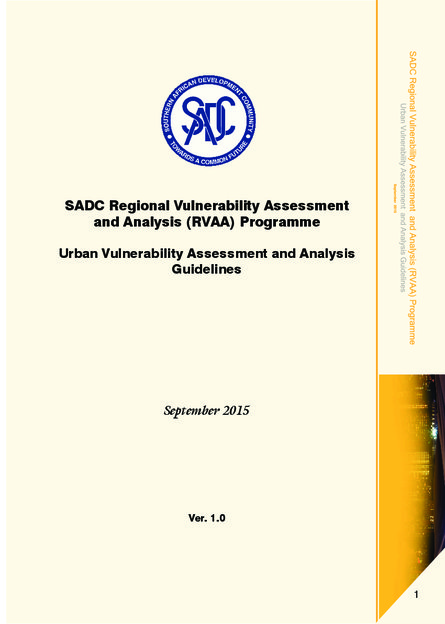
Despite economic advances in many parts of the Region, livelihood vulnerability and food insecurity continue to afflict millions of southern Africans. Poverty, climate change, economic shocks, lack of education and skills, and lack of employment opportunities are some of the key increasingly major causes of this vulnerability and a growing threat to any sustainable future for socio-economic development in the Region. The efforts of SADC, Governments and their partners in socio-economic development and in humanitarian relief have, in recent years, largely concentrated their focus on rural populations. The rationale for this has been based on a perception that a greater proportion of the southern African population living in rural settings were significantly poorer than their urban counterparts. However, there are increasingly larger numbers of poor people existing in urban areas, with sub-Saharan Africa predicted to have over half of its population living in urban areas by 2030 with southern Africa recording one of the fastest growing urban populations. Projected population growth rates by UN-Habitat suggest that Sub-Saharan Africa has both the highest annual urban growth rate and the highest slum growth rate in the world, of 4.58% and 4.53% respectively. Rapid urbanisation in low- and middle- income countries has already increased the number of highly vulnerable urban communities living in informal settlements, many of which are exposed to a range of discrete or multi hazard events.